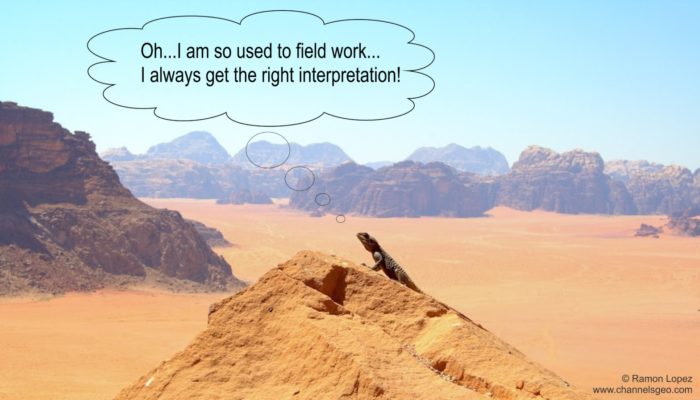There are not many scientific publications that tackle the issue of subjectivity in geological studies and its impact. In one of them, Baddeley et al. (2004), they state it clearly in some sentences: “the judgements of experts can be biased by their use of heuristics to guide the formation of their opinions” or “accepted or prior opinions of existing experts certainly affect the judgement of other ...[Read More]
Tracing Atmospheric dustiness in the Permo-Carboniferous of northeastern Gondwana

This blog summarizes two recent articles about dust in the Paleozoic. Planet Earth is presently undergoing a profound climatic turnover. Improved understanding of both the mechanisms contributing to the present climate change and its consequences for the biosphere, including human society, will not only provide the knowledge required to cope with its effects, but may also shed light on the forces ...[Read More]
Alberta’s Geological Riches

Smoky Summer It has been a difficult summer in Alberta, with smoke from forest fires in British Columbia blanketing much of the southern part of the Province. However, this has not stopped me getting out into the field on a variety of projects and hikes, including a virtual field trip looking at the Cardium Formation and several in person trips to the beautiful Sheep River Provincial Park and surr ...[Read More]
Sediment in the deep ocean. Part 2: thermohaline currents that shape the seafloor
In Part 1 we differentiated between (1) shallow-marine tide-related currents from (2) purely gravitational sediment-laden currents. We could add that the former are periodic, as they are controlled by the effect of the Moon and Sun gravitational fields on the oceanic water as the Earth revolves, while the latter are sort of ‘spontaneous’ currents driven by the Earth gravitation field on sedi ...[Read More]


